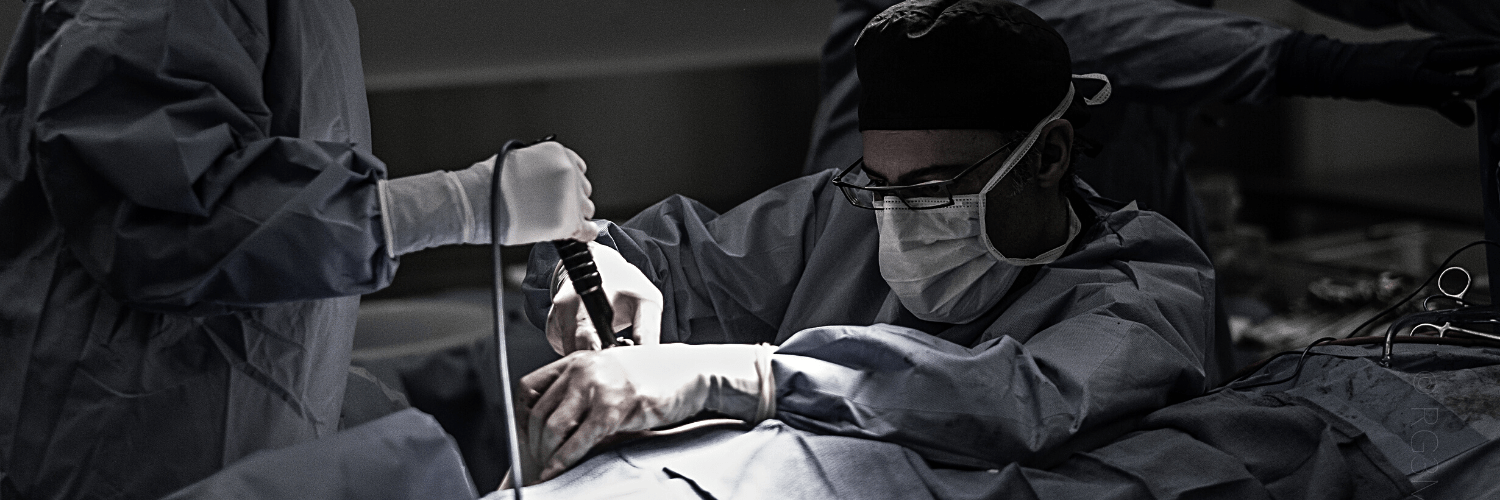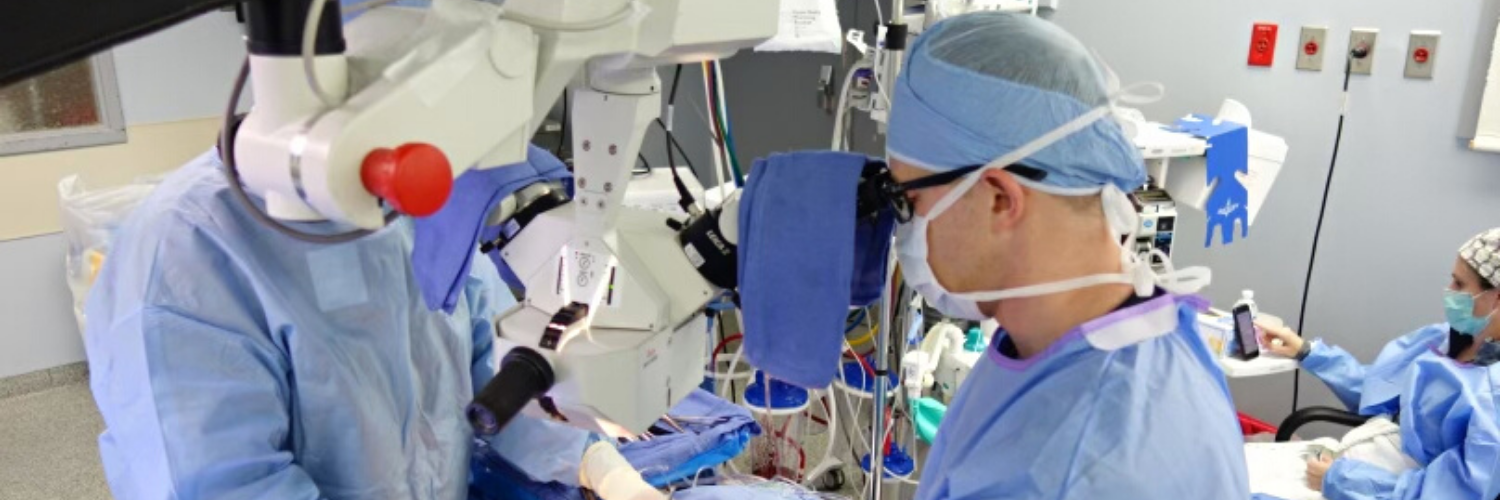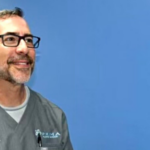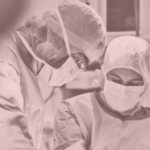
DIEP flap breast reconstruction is considered to be a major surgery. Likewise, most reconstructive surgeries, including implants, can be considered major surgery as well. To avoid patients being put off by the idea of undergoing DIEP flap because it is a major surgery, we will explain why it’s deemed “major” in this article.
What is “major” surgery?
Any surgery which involves invasive, or a large resection is “major.” This means any procedure where the normal anatomy of the body is significantly altered. The level of difficulty of a surgery is also weighed when categorizing a major surgery compared to a minor surgery. Longer surgeries are also typically regarded as major.
How invasive is DIEP surgery?
DIEP flap surgery is performed by transplanting a patient’s lower abdominal skin and fat to the chest wall after a mastectomy. To do this, surgeons must make a football-shaped incision from hip to hip and ranging from just below the belly button down to the pubic hair line. This incision is almost identical to that of a tummy tuck. It is important to note however that NO abdominal muscles are removed or damaged during DIEP surgery. Unlike the more commonly known TRAM flap, DIEP reconstruction does not use any abdominal muscles. This means DIEP patients can heal faster, maintain core strength, and experience fewer abdominal complications compared to TRAM flap patients.
How difficult is DIEP flap breast reconstruction to perform?
Not any plastic surgeon is qualified to perform DIEP flap surgery. DIEP surgery requires microsurgery to connect the tiny blood vessels and nerves necessary to successfully transplant the abdominal tissue to the chest wall. Training in microsurgery is extensive. Along with training, experience is also important. At PRMA, our surgeons have over 100 years of combined experience performing DIEP surgery.
What is the surgery time for DIEP?
Surgery time can vary greatly for DIEP surgery depending on several factors. Surgery time can be longer if the DIEP is being performed at the same time as a mastectomy. Likewise, surgery will be longer if a patient is having bilateral surgery rather than unilateral. Surgeon experience and how many surgeons are performing the surgery can impact surgery time as well. At PRMA, we always use two surgeons during our DIEP cases to ensure the patient benefits from the expertise of two highly qualified microsurgeons as well as decreased surgery time. Typically, at PRMA, our DIEP cases range from 4-6 hours.
It is important for patients to understand that DIEP flap breast reconstruction is a major surgery, but in the right hands is a safe option after breast cancer surgery.
Leave Comment
-
-

There is no specific age when a woman becomes too old to undergo DIEP flap breast reconstruction. Age is one of the many factors that we take into consideration when determining if someone will be a good candidate. In general, an individual’s overall health is much more influential in deciding the best reconstruction route versus age alone.
The best way to determine if you are a candidate for the DIEP flap is to be evaluated by one of our experienced surgeons. You can do this by scheduling a virtual consultation here https://prma-enhance.com/schedule-a-consultation/.
March 30,2022
-










I had my right Breast removed in 2000 I didn’t get the reconstruction because I would’ve gone under the knife 4 times plus I didn’t want the silicone implant I’m
69yrs old is it to late for THE DIEP
Lillie Dean
March 21,2022